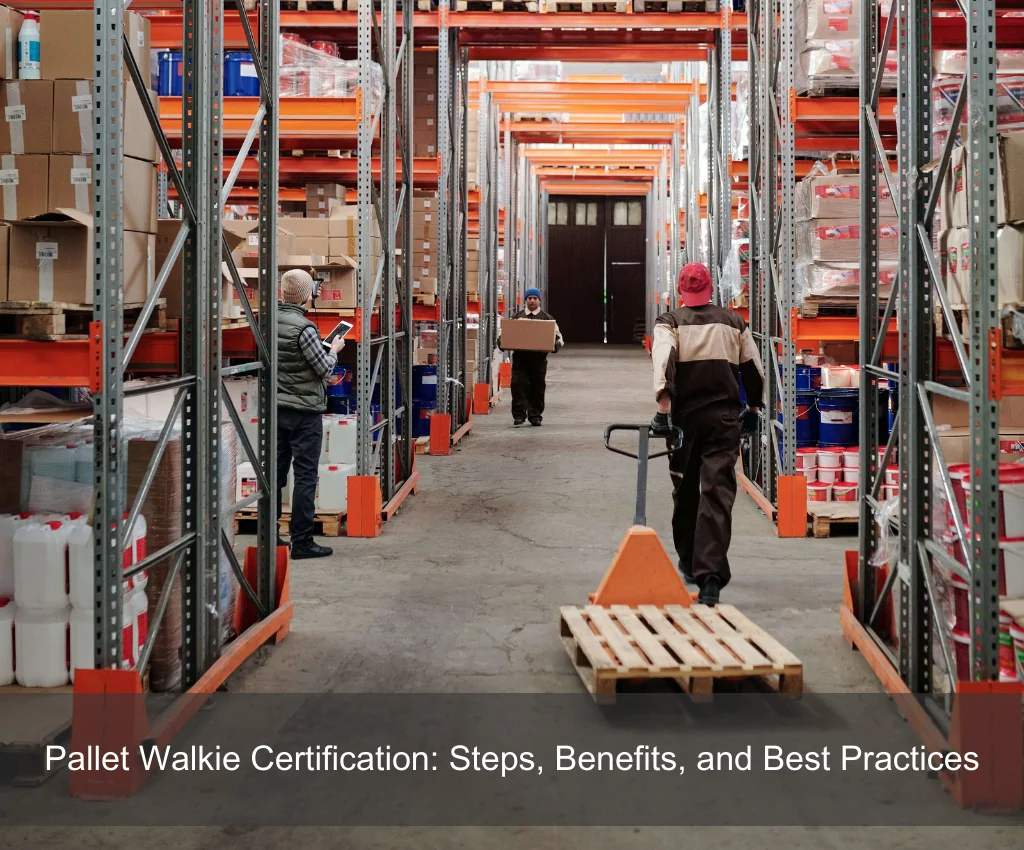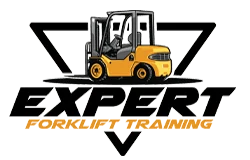Blog Single Style
The essence of interior design will always be about people and how they live. It is about the realities of what makes for an attractive, civilized.
- Home
- Blog Single
- Posted January 15, 2024
- By admin
- 0 Comments
Pallet Walkie Certification: Steps, Benefits, and Best Practices Explored

Understanding the Pallet Walkie
Importance of Pallet Walkie Training
Steps to Pallet Walkie Certification
Select a Reputable Training Program: Begin the certification process by choosing a reputable training program that specifically focuses on Pallet Walkie operations. Look for programs accredited by relevant industry authorities to ensure the training meets the highest standards.
Classroom Training: The certification process typically starts with classroom training, where operators learn about the principles of Pallet Walkie operation, safety guidelines, and best practices. This theoretical foundation is crucial for understanding the machine’s capabilities and limitations.
Practical Hands-On Training: The hands-on training phase involves practical sessions where operators get familiar with the actual Pallet Walkie equipment. This includes learning how to start and stop the machine, maneuvering in confined spaces, and handling various types of loads.
Safety Protocols and
Emergency Procedures: Highlighting the paramount significance of safety is a key focus throughout the training process. Operators should be well-versed in safety protocols, including the use of personal protective equipment (PPE), and be trained in emergency procedures such as what to do in case of a malfunction or power failure.
Supervised Operation: Once the initial training is complete, operators should undergo a supervised operation period where they work under the guidance of experienced trainers. This allows for real-world application of the knowledge gained during the training process.
Evaluation and Assessment: To achieve certification, operators typically undergo a comprehensive evaluation process. This may include written exams, practical assessments, and a demonstration of their ability to operate the Pallet Walkie safely and efficiently.
Issuance of Certification: Successful completion of the training program and assessment leads to the issuance of a Pallet Walkie Certification. This certification serves as proof that the operator has the necessary skills and knowledge to operate the equipment in a professional and safe manner.
Benefits of Pallet Walkie Certification
Enhanced Safety: Pallet Walkie certification ensures that operators are well-versed in safety protocols, reducing the risk of accidents and injuries in the workplace. This not only protects the operators themselves but also safeguards the well-being of their colleagues and the goods being handled.
Increased Efficiency: Certified operators are more proficient in Pallet Walkie operations, leading to increased efficiency in material handling processes. This can result in faster turnaround times, improved workflow, and enhanced overall productivity within the facility.
Cost Savings: Professionally trained and certified operators are less likely to cause damage to goods or equipment, leading to cost savings for the organization. Reduced accidents and damage translate into lower maintenance and repair costs, contributing to the overall financial well-being of the business.
Regulatory Compliance: Many regulatory bodies and insurance providers require businesses to ensure that forklift operators are trained and certified. Pallet Walkie certification ensures compliance with these regulations, preventing potential legal issues and ensuring a safe working environment.
Best Practices for Pallet Walkie Operation
Regular Maintenance Checks: Encourage operators to conduct regular maintenance checks on the Pallet Walkie before each use. This includes inspecting the machine for any signs of damage, ensuring proper functioning of controls, and checking the condition of tires and brakes.
Proper Load Handling: Emphasize the importance of proper load handling techniques. This includes ensuring that the load is evenly distributed on the forks, securing unstable loads, and avoiding overloading the Pallet Walkie beyond its capacity.
Safe Maneuvering: Train operators to navigate the Pallet Walkie safely in confined spaces. This includes being aware of their surroundings, using mirrors effectively, and avoiding obstacles to prevent collisions and damage to goods.
Communication in the Workplace: Encourage effective communication between Pallet Walkie operators and other personnel in the workplace. Clear communication helps in coordinating movements, especially in busy areas, reducing the risk of accidents.
Continuous Training and Refresher Courses: Pallet Walkie operators should undergo continuous training and periodic refresher courses to stay updated on the latest safety guidelines and best practices. This ensures that their skills remain sharp, and they are aware of any updates or changes in operating procedures.
